#attributionmodeling
Explore tagged Tumblr posts
Text
Marketing Ninja Secrets: Unlock the Power of Attribution Modeling
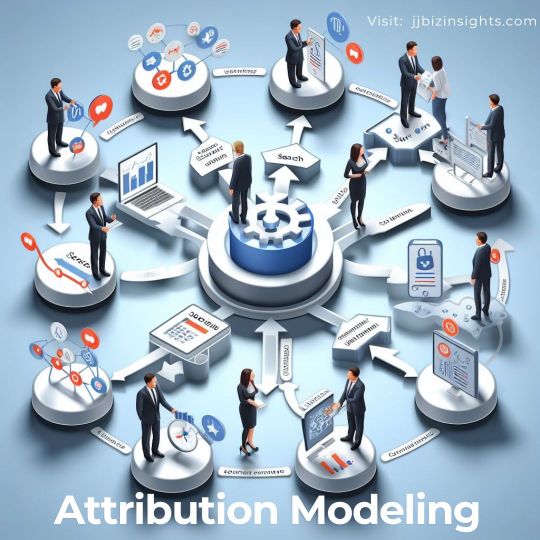

Liberate your Toes with Comfortable Shoe 20%OFF
Disclosure: This post may contain affiliate links. By clicking on a link and making a purchase, I may earn a commission at no additional cost to you.
2 notes
·
View notes
Text

"🚀 Ready to start your digital transformation journey? 🌟
Partner with trusted experts to guide you on the path to success. 👥💼 #DigitalTransformation #ExpertGuidance 💻
For more info,
🛑 🖥Visit: https://dmarketic.com/
🛑 📧Email: [email protected]
🛑 📞Call: +971 55 377 0615
.
.
.
#digitalmarketingROI
#marketinganalytics
#marketingROI
#ROItracking
#conversiontracking
#attributionmodeling
#marketingmetrics
#marketingKPIs
#ROIreporting"
#digitalmarketingROI#marketinganalytics#marketingROI#ROItracking#conversiontracking#attributionmodeling#marketingmetrics#marketingKPIs#ROIreporting"
0 notes
Text
Unraveling Marketing Analytics: Insights, Tools, & Its Significance
Originally Published on: QuantzigWhat are Marketing Analytics? Tips, Tools, & Why It Matters
In the dynamic realm of sports marketing, assessing the effectiveness and success of marketing endeavors is crucial. Marketers in this field face challenges and leverage consumer insights to shape impactful marketing objectives. The correlation between return on investment (ROI) and brand recognition, coupled with conversions, underscores the imperative need for employing advanced models such as Media Mix Models (MMM), Multi-Touch Attribution (MTA), and Unified Marketing Measurement (UMM). #SportsMarketing #ConsumerInsights
Importance of Marketing Analytics:
Chief Marketing Officers (CMOs) heavily rely on Return on Marketing Investment (ROMI) as a pivotal metric for optimizing marketing initiatives. In today’s complex market landscape, where digital and physical channels offer a plethora of options, CMOs strive to devise adaptable strategies to effectively engage customers. Through an integrated marketing framework, CMOs can strategically allocate budgets across diverse channels, ensuring resource optimization and fostering tactical flexibility. This harmonious integration of long-term strategy and real-time responsiveness enhances a brand’s adaptability and prosperity. #ROMI #IntegratedMarketing
Challenges in Marketing Analytics:
In the contemporary marketing sphere, data streams from various sources, each with unique characteristics, pose a significant challenge. Advanced analytical services and machine learning solutions play a crucial role in assimilating heterogeneous data into a cohesive strategy. These tools sift through data to extract meaningful insights, enabling informed decision-making and prudent resource allocation. However, managing extensive data volumes presents challenges, underscoring the importance of data analysis and quality. Attribution models and analytical software provide real-time insights, guiding annual media plan recommendations and ensuring a comprehensive marketing mix. #DataIntegration #AttributionModels
Benefits of Implementing Analytics in Marketing:
Quantzig’s Unified Marketing Decision Management (MDM) framework offers a holistic approach to advertising optimization. Beginning with the measurement and attribution of marketing spending, it furnishes insights into the efficacy of various promotions and optimizes resource allocation. The framework establishes effective spending parameters for each channel, preventing overspending and optimizing resource utilization. By quantifying the impact of advertising activities, MDM facilitates the optimization of marketing endeavors, enhancing decision-making and driving success. #MDMFramework #AdvertisingOptimization
Conclusion:
In the era of data-driven operations, marketing analytics emerges as a guiding beacon for businesses striving for success. Understanding consumer behavior, evaluating campaign performance, and refining strategies are pivotal for thriving in the ever-evolving marketing landscape. Those adept at harnessing the capabilities of market analytical services will excel in the quest for market dominance. Embrace insights, empower decisions, and witness your brand ascend to unprecedented heights in the epoch of data-driven marketing
Contact us.
0 notes
Link
Attribution models are important for marketers as it helps them understand their customer’s journey, and provide an analysis on the perfect time to invest in marketing campaigns. Hence, they should know which attribution model should be used to track data.
0 notes
Photo





From get-go to full gear stage, our collaboration with a revolutionary educational platform was centred around capturing their core essence. An in-depth discussion and understanding of their ideology - 'paving way for enterprising young minds,' helped us give rise to the brand name, EMERGE. From there, every design element and communication channel was an extension of this bubbling brand identity with vibrant hues and bold illustrations adding on to the impact it created. Get a deeper insight into our project and works through the link : www.madarth.com/work/
#Madarth#HomeGrownWorldClass#Branding#Designing#Digital#Emerge#EducationalPlatform#LogoDesign#BrandNaming#BrandIdentity#IndianBrands#BrandingInIndia#BrandStrategy#AttributionModel#DigitalMediaMarketing#StrategicPlanning#StrategicCommunication#StrategicMarketing
0 notes
Photo

Google Ads Attribution Models Explained and Attribution Reports in Google Analytics http://ehelpdesk.tk/wp-content/uploads/2020/02/logo-header.png [ad_1] Check out our video about Google... #affiliatemarketing #attributiongoogleanalytics #attributionmodel #attributionmodelinggoogleanalytics #attributionmodels #attributionmodelsgoogleanalytics #businessbranding #contentmarketing #copywriting #datadrivenattributionmodel #digitalmarketing #facebookmarketing #google #googleads #googleadsattribution #googleadsattributionmodel #googleadsattributionmodels #googleadsattributionreport #googleadsconversionmodels #googleadwordsattribution #googleadwordsattributionmodels #googleanalytics #googleanalyticsattributions #instagrammarketing #lastclickattributionmodel #marketing #marketingstrategy #ppcadvertising #seo #socialmediamarketing #youtubeaudiencegrowth #youtubemarketing
0 notes
Text
Яндекс добавил в Reports API Директа новые параметры
Яндекс добавил в Reports API Директа новые параметры

В API Яндекс.Директа появились новые параметры сервиса Reports.
Goals – идентификаторы целей Яндекс.Метрики, по которым требуется получить статистику. AttributionModels – модели атрибуции, которые используются при расчете данных по целям. Среди возможных значений:
LSC – последний значимый переход;
FC – первый переход;
LC – последний переход.
Также Яндекс изменил способ расчета значения поля…
View On WordPress
0 notes
Text
Employ 10 Facebook Ads Features To Boost Output Of Your Budget For Paid Social

Since social media has gained prominence in the life of people, businesses are trying to find ways to tap in to the opportunities to push up the sales. And the platforms are only trying to make it easier for them in a way that they themselves can reap benefits, results of which is introduction of paid social, now flourishing dramatically. Companies are spending around 50% more on social advertising with ad revenues expected to reach $35.90 billionby 2017. No surprise here that Facebook (with Instagram) gets the major chunk of that pie, around two-third of the social ad spend in 2015. They continue to experiment and bring new features to empower their advertising model which attracts more and more business to invest. If you want to make the most of the Facebook ads, know these 10 tips / features to use the platform to meet your marketing goals. Report Analysis The part is treasure trove of the most valuable insights, especially its ‘Breakdown’ section. It tells about things like performance of yourmobile placements (like Instagram placement or mobile news feed placement), regions that are converting (or not converting), the gender your ads are influencing most, etc. Lead Ads Latest often means best, which is also understood by the case of Facebook Lead Ads. It allows advertisers to collect lead data through a form within the Facebook platform, eliminating the need to take the visitor to your landing page of your website. Here’s how to go about it. Have a clear objective of lead generation while creating a new campaign. At advert level, just add a lead form, choosing questions of your liking and addition custom questions if you want. After that, the only thing that remains is the formality of adding ‘Disclaimer’and destination URL, linking ‘Privacy Policy’ page. At this stage, you can customize your form before previewing and actually creating it. (The tool is similar to Twitter Lead Cards) Attribution models Your conversion goal would be different than others, and you need to make changes accordingly. By understanding rules for conversion count with respect to the time taken by the user to interact with your ad, you can work intelligently with the FB attribution model. To change the attribution model, go inside the ‘Manage adverts’ where under ‘Columns’ you can customise columns through the option ‘Customize Columns…’ which ultimately leads to ‘Change Attribution Window’. Lookalike audiences When Facebook imitates the criteria of your current customers or audience to generate similar audience with similarities ininterests, demographics, behaviours and likes, the result is a lookalike audience. But the process is initiated with conversion goals in mind. Instagram placements Instagram if works good for your branding goals, it will make sense to look positively towards Instagram placements that now appear within the Facebook Ads Dashboard since 2015. Ad it’s really easy to do. Just be assured of the performance by testing with smaller budgets. Location options Location targeting can be done very specifically which companies often are not able to take advantage of. What kind of location selection would give you the best response; do you want to target people of a specific city or those who are coming to a specific location routinely in the same city? It is just one example. Work on your own location targeting. Remarketing With the audience segmentation options in Facebook, you can control the pages / domains to include or exclude which lets you pick the remarketing window length. Those buyers who have viewed / purchased / added specific things to their cart can thus be remarketed similar products or accessories. Then there is the option of Dynamic Remarketing, where the ads change depending on their purchase or product viewing. Breakout campaigns by placement Different placements in Facebook mean different performance which you should be watching (being directly related to budget). Placements can very distinctively get translated into mobile v/s desktop, thus breaking your campaign in that manner will make sense, both for manual bidding or FB optimization of clicks. Content communicating with your audience Granular targeting methods allow you to be well informed of the demographics you are addressing and their interest, behaviours, etc. This will help you to come with the content that speaks to your audience as per their need and activities. Multiple creatives and copies Don’t just have single creative and copy to be happy with it. Have as many variants in front of you as you can manage and discuss as to which one has the potential to best click with your target audience.Optimization will be done by the Facebook on the basis of the ad performance as well as your conversion goal. Try ‘Carousel’ for its multiple values stuffed in a single creative and are known to reduce both CPA and CPC. Read the full article
0 notes
Text
Discover this top guide on #AdWords #attributionmodels, so you can get a better view of the traffic to #conversion journey. https://t.co/wMze2Db7Ff https://t.co/zdd8I1hyEj
Discover this top guide on #AdWords #attributionmodels, so you can get a better view of the traffic to #conversion journey. https://t.co/wMze2Db7Ff pic.twitter.com/zdd8I1hyEj
— Nooga Labs (@NoogaLabs) April 22, 2018
https://platform.twitter.com/widgets.js from Twitter https://twitter.com/NoogaLabs
from WordPress https://noogalabsblog.wordpress.com/2018/04/22/discover-this-top-guide-on-adwords-attributionmodels-so-you-can-get-a-better-view-of-the-traffic-to-conversion-journey-https-t-co-wmze2db7ff-https-t-co-zdd8i1hyej/ web design, SEO, search engine optimization, social media management
0 notes
Text
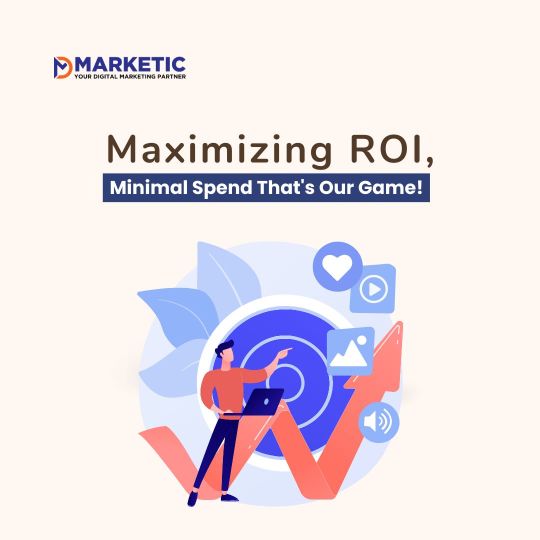
Want to get more from your ad spend???📶 . . Choose DMarketic for maximum ROI. We help you achieve greater returns on your advertising investment while staying within the budget. Let us show you how we play the game.🌐 . . For more info, 🛑 🖥Visit: www.dmarketic.com 🛑 📧Email: [email protected] 🛑 📞Call: +971 55 377 0615 . . .
#digitalmarketingROI#marketinganalytics#marketingROI#ROItracking#conversiontracking#attributionmodeling#marketingmetrics#marketingKPIs#ROIreporting#marketingdata#marketinginsights#digitalmarketinganalytics
0 notes
Text
Discover this top guide on #AdWords #attributionmodels, so you can get a better view of the traffic to #conversion journey. https://t.co/wMze2Db7Ff https://t.co/zdd8I1hyEj
Discover this top guide on #AdWords #attributionmodels, so you can get a better view of the traffic to #conversion journey. https://t.co/wMze2Db7Ff pic.twitter.com/zdd8I1hyEj
— Nooga Labs (@NoogaLabs) April 22, 2018
from Twitter https://twitter.com/NoogaLabs
0 notes
Text
Rafa Jimenez on Twitter March 03, 2017 at 10:26PM
#Madrid 17 de Marzo. #Inbound #Marketing . Charla sobre #AttributionModeling. http://bit.ly/2lXWhWy https://twitter.com/Rafa_Jimenez/status/837774792640061441
0 notes
Photo
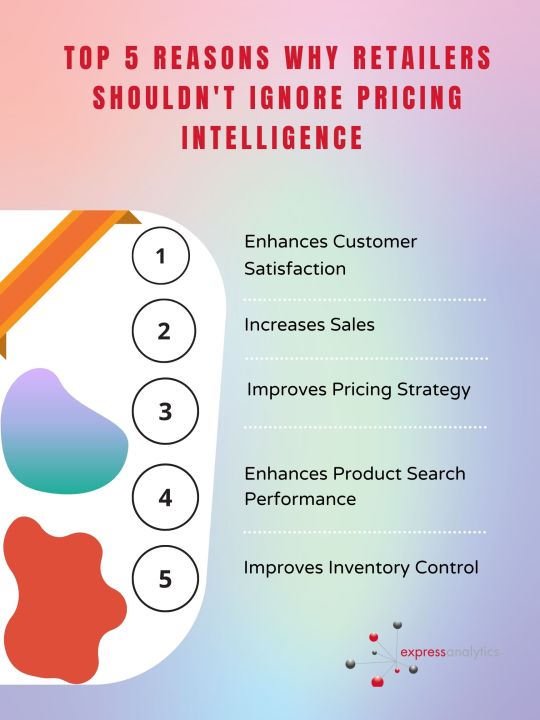
Price Intelligence is a concept of tracking, monitoring, and analyzing competitor data to ensure that customers trust the retailer and purchase products.
For more info visit: https://youtu.be/aOaNtZov5Gg
0 notes
Photo
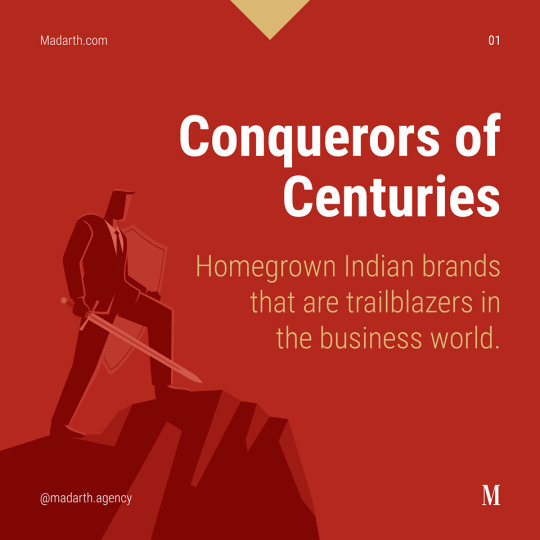

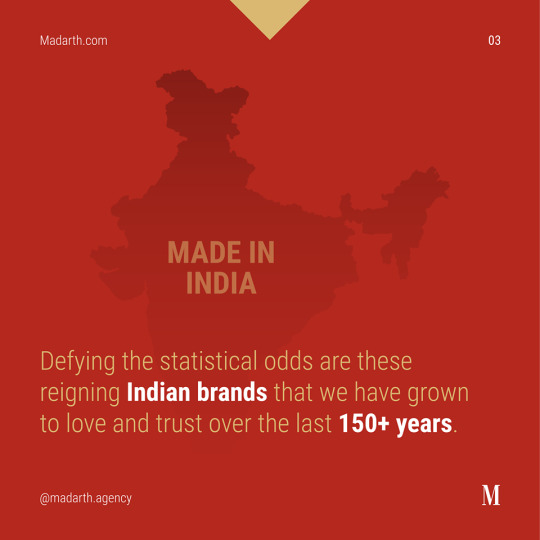


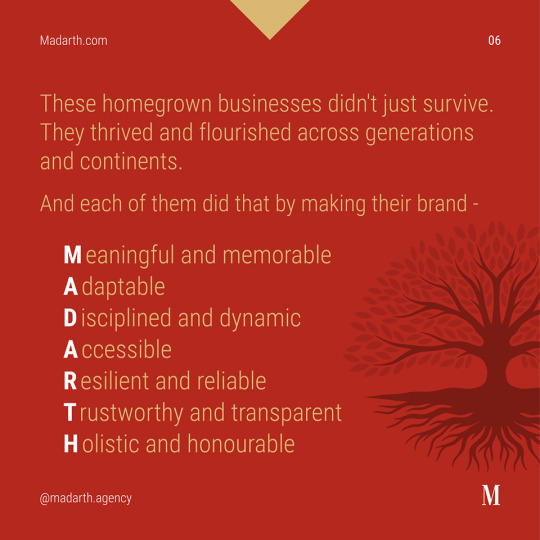


Indian Home Grown Business | Branding Agency - Madarth
Older, wiser and fiercer. Ever wondered what connects India's homegrown and world-class brands that have been in existence for centuries? Swipe through to learn how they become truly timeless : www.madarth.com/
#Madarth #HomeGrownWorldClass #Branding #Designing #Digital #ConquerorsOfCenturies #100YearBrands #Trailblazers #BrandValues #IndianBrands #BrandingInIndia #IndianBusiness #BusinessInIndia #ThirdGenerationBusiness #BrandStrategy #StrategyForIndia #IndianContext #StrategicCommunication #StrategicPlanning #StrategicMarketing #DigitalWayForward #DigitalMediaMarketing #AttributionModel #MarketingAttribution #BusinessWay #MethodAndMadness #MethodInMadness #Chennai #BrandingAgency
0 notes